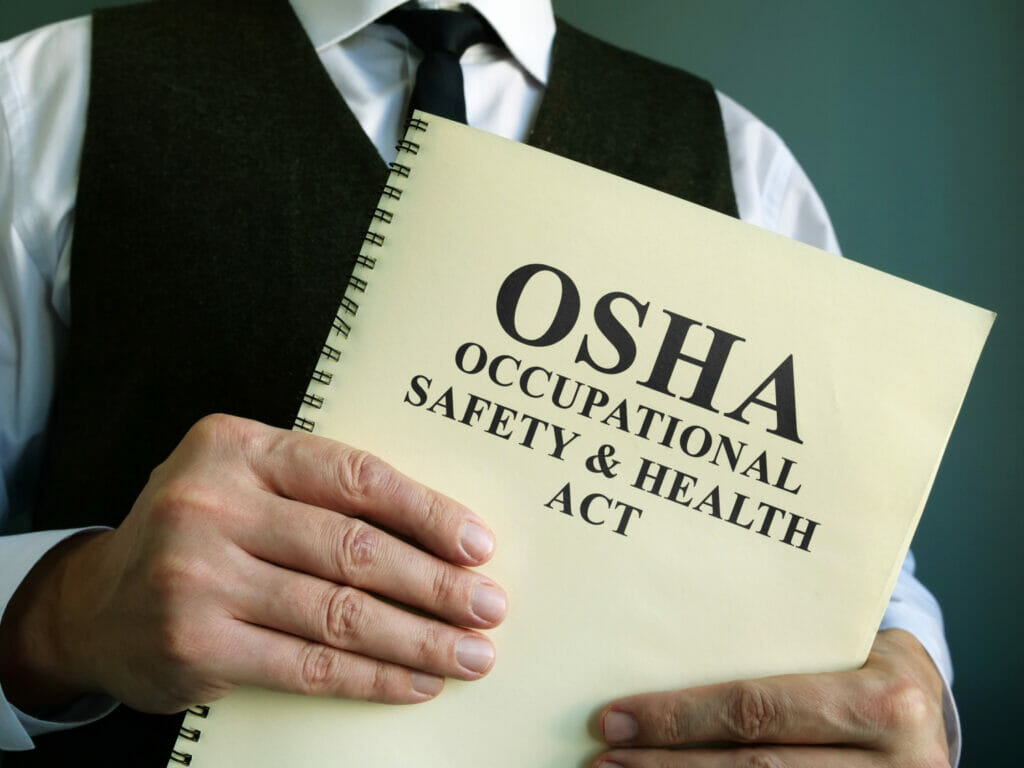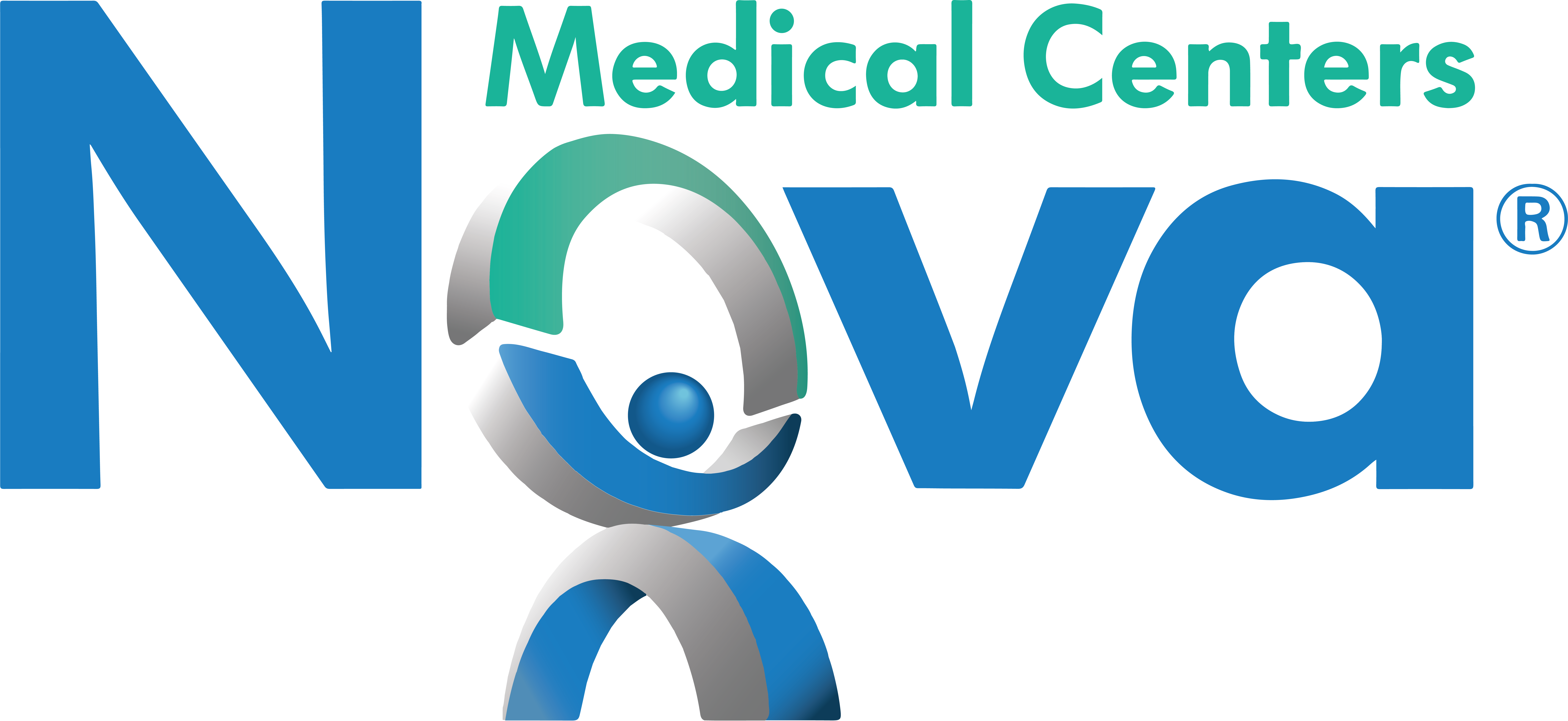
Occupational Safety and Health Administration (OSHA) was created by Congress to ensure safe and healthy working conditions for working men and women by setting and enforcing standards and by providing training, outreach, education, and assistance. Whether an employee or employer it is vital to keep up with all the rules and regulations.
On January 15, 2020, The U.S. Department of Labor (DOL) increased the maximum allowable penalty amounts for OSHA violations in federally-mandated states. The civic penalties increased by approximately 1.8 percent causing companies to use the abatement process (correction of the safety or health hazard/ violation that led to an OSHA citation) to decrease their charges.
OSHA’s penalty increases for workplace safety and health violations include the following:
- A willful violation, in which an employer knowingly failed to comply with an OSHA standard or demonstrated a plain indifference to employee safety, the minimum penalty increases from $9,472 to $9,639, and the maximum penalty increases from $132,598 to $134,937;
- Serious violations of workplace hazards that could cause an accident or illness that would most likely result in death or serious physical harm, the maximum penalty increases from $13,260 to $13,494;
- Repeated violation or substantially similar violation previously cited by the agency, the penalty ceiling rises from $132,598 to $134,937
- Posting requirement violation, the maximum penalty increases from $13,260 to $13,494.
- Failure to correct the violation, the maximum penalty increases from $13,260 to $13,494
The new OSHA penalty amounts are applicable to OSHA citations issued after January 15, 2020, for violations occurring after July 15, 2019.
However, OSHA stated that its free on-site consultation program identified 137,885 workplace hazards and as a result protected 3.2 million workers from potential harm. OSHA is seeking to revise regulations due to evolving technologies and aims to develop regulations in order to be in line with present-day consensus standards. Compliance with OSHA’s rules and regulations is essential for a safe working environment.



